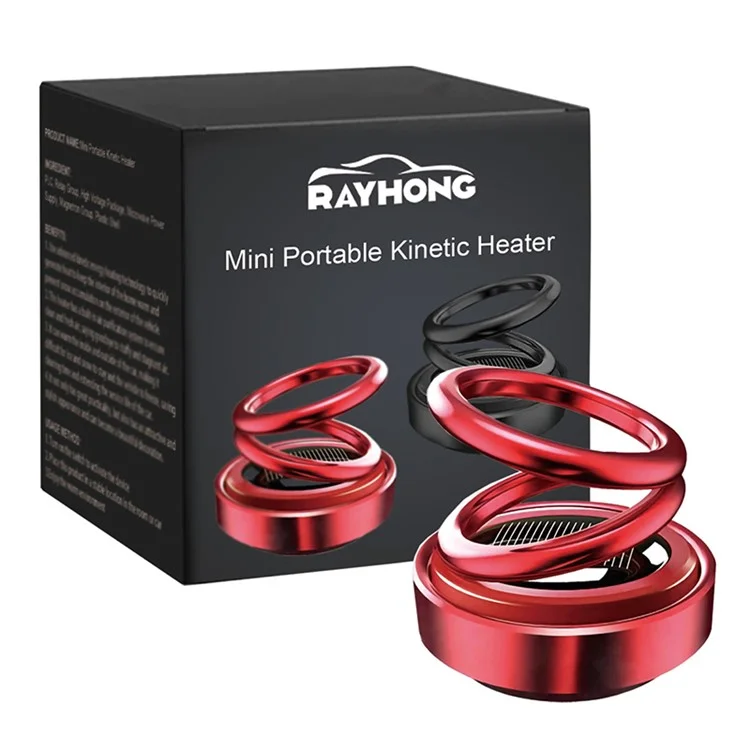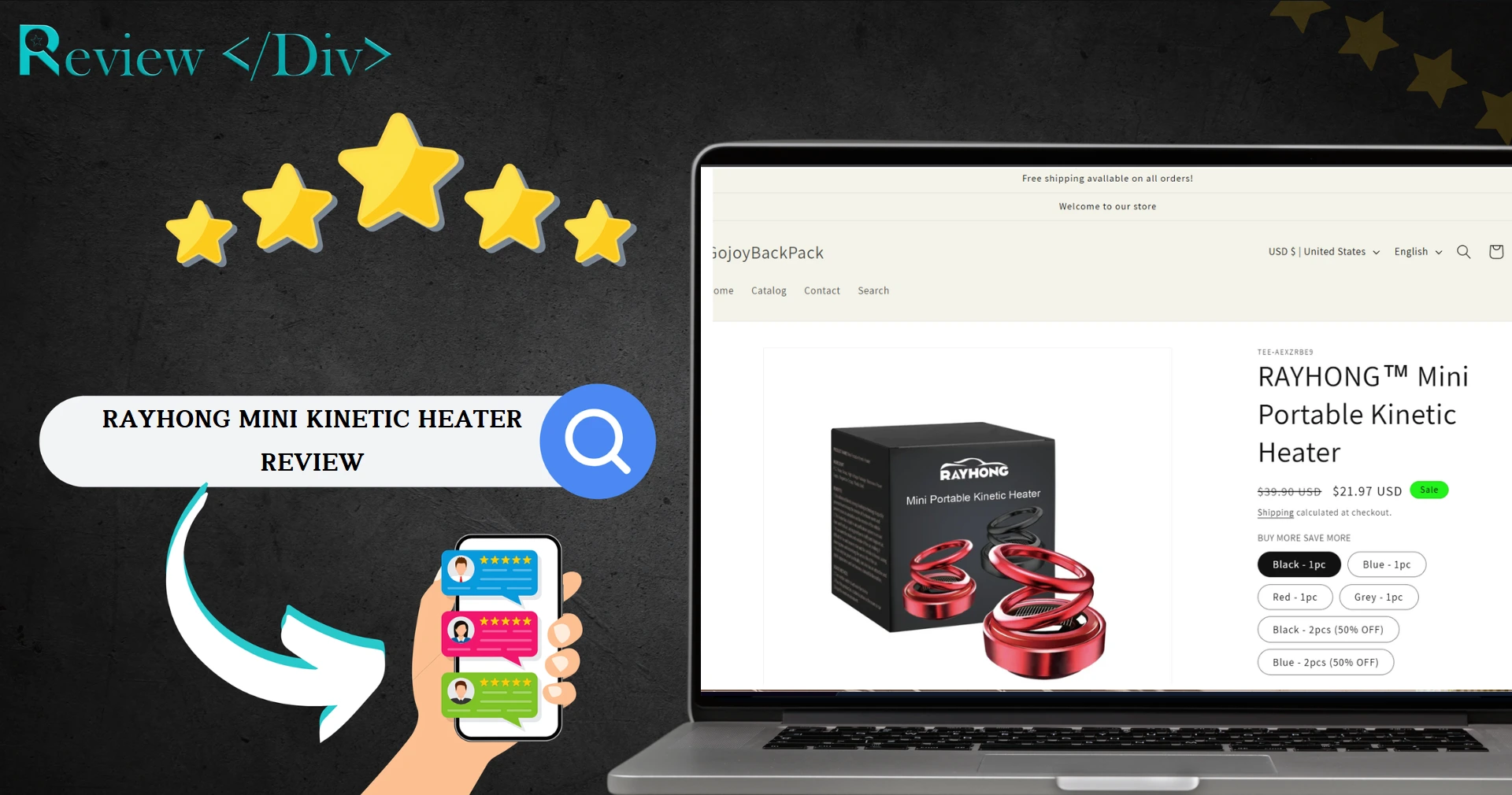The Rayhong Mini Kinetic Heater claims to provide warmth using advanced kinetic technology, which makes it a popular choice for those looking for unique heating options this winter.
But now, many people are starting to question if it truly delivers on its promises or if it’s just another clever marketing tactic.
In this review, we’ll explore what Rayhong Mini Kinetic Heaters are, how they function, and whether they’re worth the purchase.
What Is Rayhong Mini Kinetic Heater?
The Rayhong Mini Kinetic Heater is a small, solar-powered device that claims to create warmth using kinetic energy.
Designed to be both practical and stylish, it’s advertised as child-safe and suitable for places like cars, bathrooms, and small rooms.

Unlike traditional heaters, it supposedly turns kinetic energy from its spinning mechanism into heat, providing an eco-friendly option in a compact form.
Expert Review on Rayhong Mini Kinetic Heater
Even with their attractive features, several concerns have come up from customer reviews and online discussions.
According to experts, the heater is promoted as a powerful device that can quickly heat and defrost in very cold conditions.
However, our research suggests that its performance falls short in heavy snow or freezing weather, which means it does not work as advertised.
The Rayhong Mini Kinetic Heater claims to be safe for children, but it lacks visible safety certifications or test results. Without these, it’s unclear if it meets standard safety requirements, which raises concerns about its use in family environments.
Our research shows that the product images on the Rayhong website also appear on other sites with different brand names.
The only contact provided is an email address, with no phone number or live chat. Experts say this limited support could lead to delays in resolving issues, which annoy customers needing immediate help.
The site only displays positive reviews, with no critical feedback. Experts note that authentic products usually have a mix of positive and negative reviews, so the lack of balanced feedback suggests the reviews could be selectively posted to mislead buyers.
How Does Rayhong Mini Kinetic Heater Work?
The Rayhong Mini Kinetic Heater claims to create warmth by converting kinetic energy. When placed in strong, direct light, its dual-ring suspension system spins, which supposedly generates gentle heat. However, there are some clear limitations.
This heater needs very bright light to start spinning. Regular indoor lighting, especially in winter isn’t enough to make it work, which limits its usefulness.
Tests show that the heater doesn’t produce much heat it’s spinning and mainly moves air around, but not enough to warm a room noticeably.
Some users report that it can even feel cooler because of the increased air movement, which makes it seem more like a fan than a heater.
Is Rayhong Mini Kinetic Heater Worth It?
The Rayhong Mini Kinetic Heater may not be a wise choice for most buyers. Many users report it doesn’t effectively warm small spaces, even in bright light. Tests show that it produces little or no warmth, which makes it unreliable in cold environments. In some cases, it even acts more like a fan, circulating cool air rather than heating it.
At around $39.90, this heater costs more than similar items available at discount retailers. For a product that doesn’t provide noticeable warmth, many find the price hard to justify.
While marketed as versatile, its need for strong, direct light limits its usefulness. For those needing a stable, dependable source of warmth, other options may offer better performance and value.







